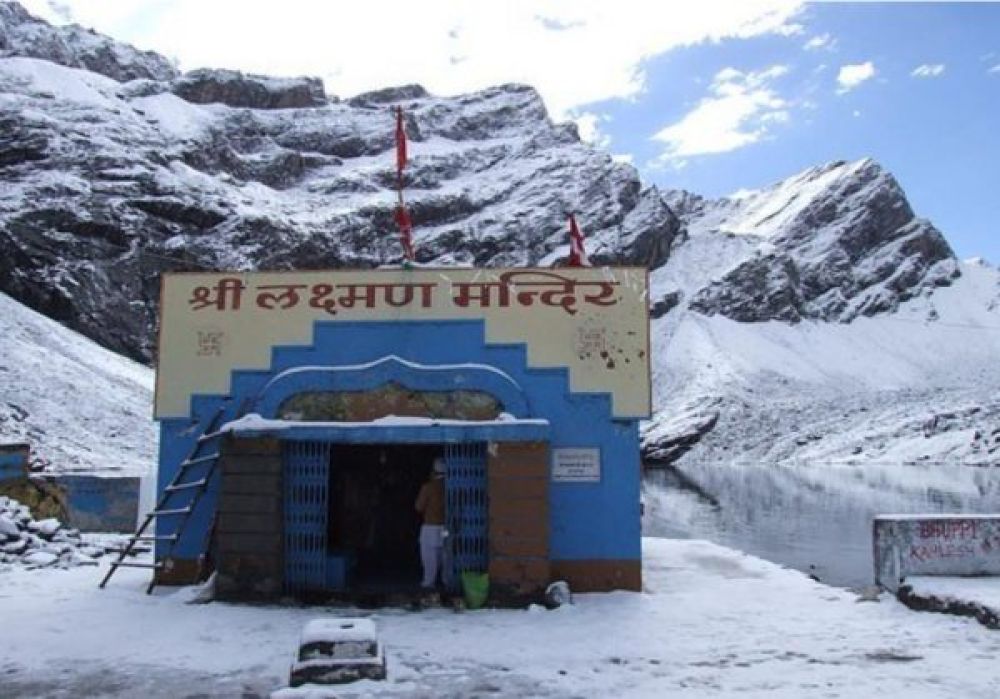

Nestled amidst the mighty Himalayas of Uttarakhand, India, the Laxman Temple and Hemkunt Sahib offer a divine blend of spirituality and natural splendor. The history of tourism at these sacred sites is not just about leisure travel but is deeply intertwined with the religious and cultural fabric of the region.
The history of the Laxman Temple traces back to an ancient legend associated with the epic Ramayana. It is believed to be the site where Lakshmana, the younger brother of Lord Rama, meditated and sought penance. This temple, situated on the banks of the Hemkunt Lake at an altitude of over 4,000 meters, has been a place of worship and a destination for devout pilgrims for centuries.
Hemkunt Sahib, also known as Gurudwara Shri Hemkunt Sahib Ji, is regarded as one of the holiest places in Sikhism. The gurudwara stands at a formidable elevation of 4,329 meters above sea level and is dedicated to the tenth Sikh Guru, Guru Gobind Singh Ji. It is said that Guru Gobind Singh meditated here in a previous life. Despite the treacherous terrain and remote location, devout Sikhs have been making pilgrimage journeys to this sacred gurudwara for decades, especially after its formal discovery in the 20th century by Sikh soldiers.
While the religious significance of these sites has attracted pilgrims for many years, it wasn't until the 19th and 20th centuries that these areas saw a surge in tourism. Initially, access to these remote locations was difficult, but with the improvement of trails and the establishment of basic infrastructure, an increasing number of travelers and pilgrims have been able to visit.
The infrastructure and facilities for visitors have continuously been developed, including the construction of the gurudwara at Hemkunt Sahib in the mid-20th century. Now, numerous facilities are available for pilgrims during the trekking season, which typically lasts from June to October.
In recent years, eco-friendly and sustainable tourism practices have been encouraged to protect the pristine natural environment of the region. Efforts are being made to reduce the ecological footprint left by tourists, including implementing waste management systems and promoting green energy sources.
Adventure tourism is also on the rise, with many visitors combining their spiritual journey to Laxman Temple and Hemkunt Sahib with treks to nearby valley of flowers and other high-altitude Himalayan expeditions. This has led to a more diverse group of tourists, including not only pilgrims but also trekkers, nature enthusiasts, and cultural travelers.
The convergence of spirituality, history, and natural beauty at Laxman Temple and Hemkunt Sahib stands as a testament to Uttarakhand's rich cultural heritage. With the region's growing commitment to sustainable development and responsible travel, these ancient pilgrimage destinations continue to offer an enriching and soulful experience to all who visit.